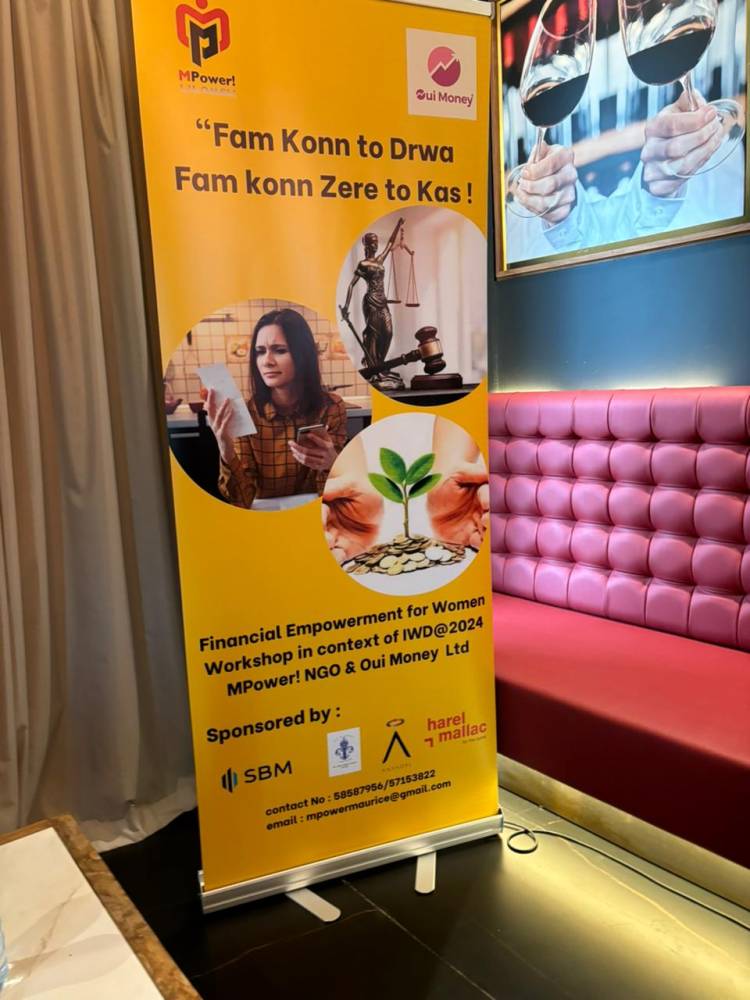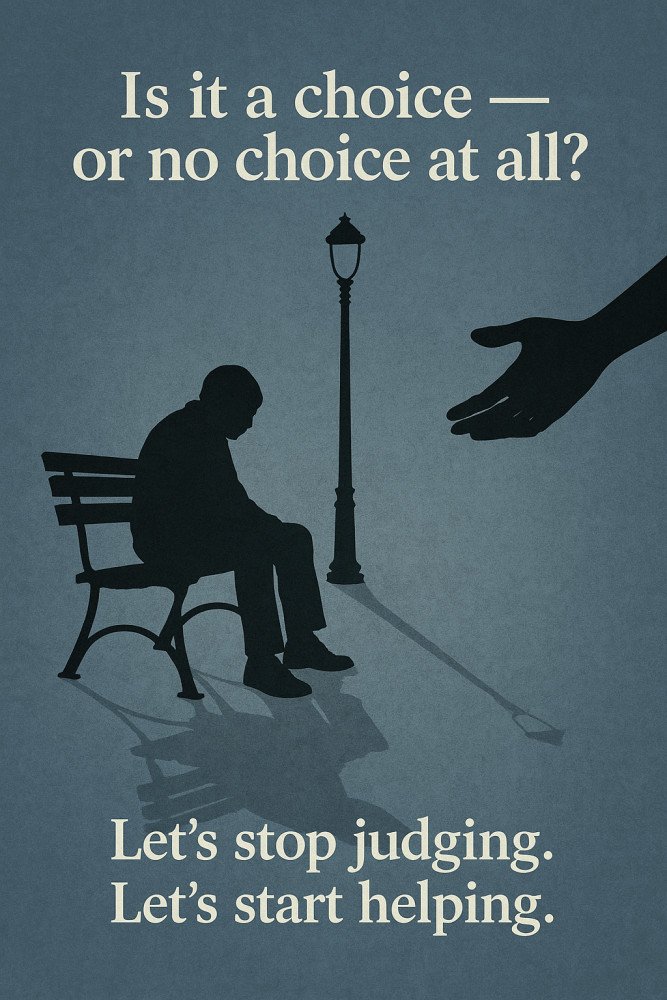

Bridging the Divide: Assessing Gender Disparity in 2024
Is there still a disparity between men and women?
Despite decades of advocacy, policy reforms, and concerted efforts to promote gender equality, the answer remains nuanced, with persistent disparities manifesting in various facets of society. As we delve into this inquiry, we confront the realities of gender inequality and the ongoing imperative of advancing towards a more equitable future.
In the pursuit of gender equality, the Sustainable Development Goals (SDGs) set forth by the United Nations provide a comprehensive framework for action. Among these goals, Goal 5 specifically targets gender equality, advocating for an end to discrimination, violence, and harmful practices based on gender. However, the extent to which these aspirations have translated into tangible progress on the ground requires critical examination.
As we navigate the complexities of the modern world, it becomes evident that gender disparities persist across multiple domains, casting a shadow over the quest for equality.
Despite advancements, the gender pay gap remains a stubborn reality, with women often earning less than their male counterparts for equivalent work.
Women's labor force participation rates continue to lag behind men's, reflecting persistent barriers to economic opportunities and workplace discrimination.
Women remain underrepresented in decision-making positions, including political offices and corporate boardrooms.
Gender disparities in political representation not only undermine democratic principles but also hinder the advancement of policies that address the needs of diverse populations.
While progress has been made in improving access to education for girls, disparities persist, particularly in marginalized communities and conflict-affected regions.
Women's reproductive rights and access to comprehensive healthcare services continue to face challenges, with restrictive policies and cultural barriers impeding progress.
Gender-based violence remains pervasive, with women and girls disproportionately affected by various forms of abuse, including domestic violence, sexual assault, and human trafficking.
The COVID-19 pandemic has exacerbated these inequalities, highlighting the urgent need for robust support systems and preventive measures.
In the year 2024, the question of gender disparity reverberates with renewed urgency, prompting us to confront the realities of inequality and redouble our efforts towards meaningful change. While progress has been made, the persistence of disparities underscores the ongoing imperative of advancing gender equality as a cornerstone of sustainable development. As we navigate the complexities of the modern world, let us commit to dismantling barriers, challenging norms, and fostering inclusive societies where every individual, regardless of gender, can thrive and contribute to a brighter future.


